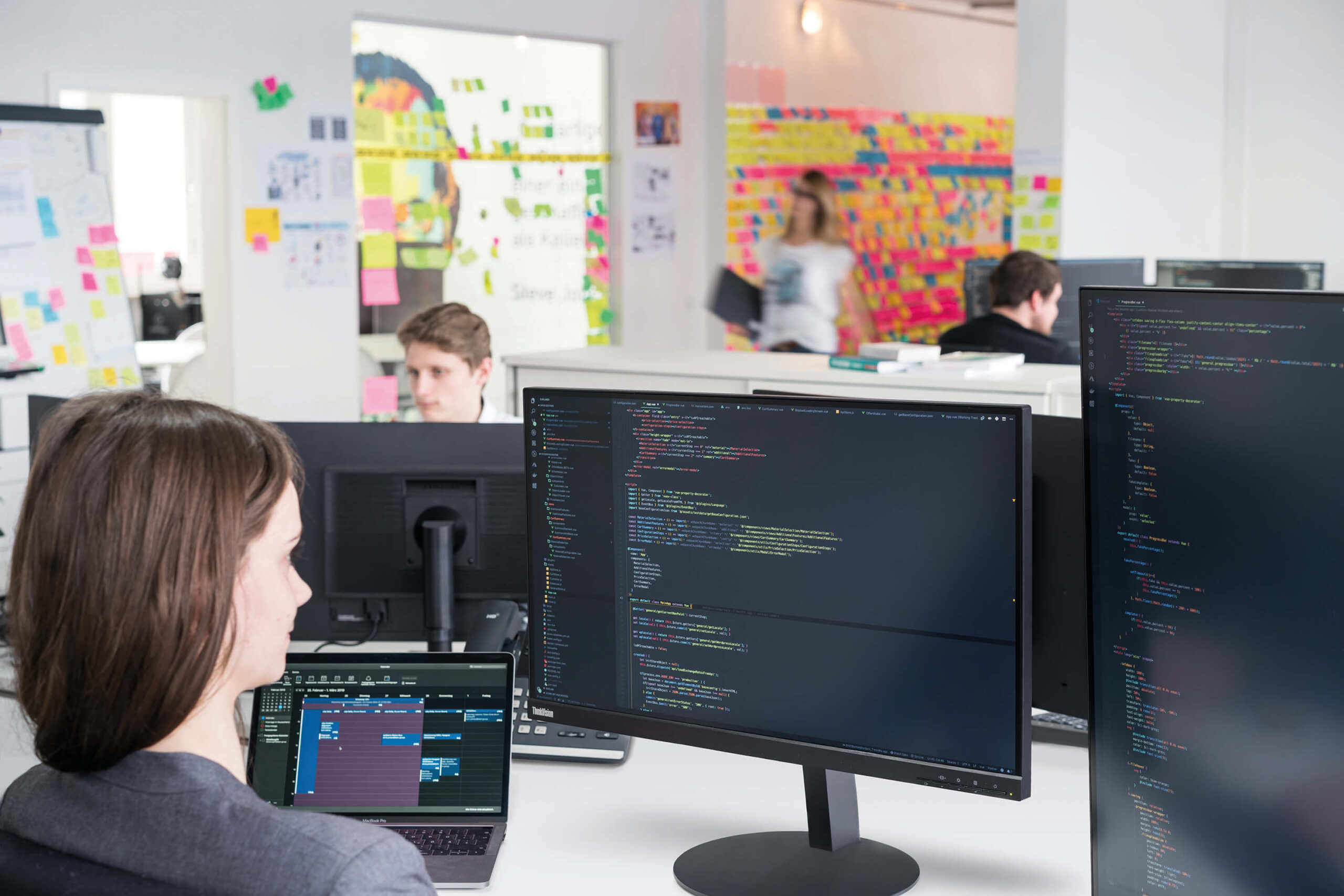Weiden software company wants to move away from outdated working time models
Managing Director Marco Bauer wants to be a pioneer in the region in terms of “New Work”
“If the pandemic has taught us one positive thing, it’s that digitization and new working time and workplace models definitely work,” sums up Weiden entrepreneur Marco Bauer. And he is already thinking ahead. His vision of “New Work” is, among other things, to break away from ordinary working time models and break new ground. Like the Icelanders, for example, where a five-year experiment on the 4-day week has shown that the well-being of employees increases significantly, while productivity remains constant or even increases.

For months now, Marco Bauer, entrepreneur and managing director of the software company up2parts GmbH and the manufacturing company BAM GmbH, has been working on what workplace and working time models for his companies could look like in the future. He has always been a technical pioneer and driver of innovation, and now he also wants to set an example in the region in terms of flexible working life.
Of course, the possibilities vary depending on the job description. At a software company like up2parts GmbH, the conditions for new ways are very good and the hurdles low. Here, Bauer has already eliminated compulsory attendance for his team. This means that in the future, everyone can decide for themselves – in consultation with their supervisor and colleagues – where he or she would like to work.
But Marco Bauer is thinking even further ahead: “At the moment, the 4-day week is also being discussed. For us, this is clearly a topic that we will seriously address and launch a pilot project at up2parts in 2022.” He also does not rule out such approaches for the employees of his manufacturing company BAM. “I believe that this could also be applicable for our production employees,” Bauer adds. Ever-advancing automation in manufacturing, he said, makes it possible in perspective to run the machines “by hand” for the first four days of the week and prepare automation for the fifth, sixth and seventh days. In this way, the 4-day week could also become a reality for people employed in the production environment.
For Marco Bauer, thinking in terms of rigid hourly weeks of 20, 30, 40 hours, half-day or full-time, is absolutely no longer in keeping with the times. There needs to be much more flexibility here on the part of employers. “I have young employees, unattached, without children, who would like to work 50 hours a week, earn money and then preferably go on vacation for six weeks at a time. I have older employees who might prefer to reduce their hours. So why not develop models that help support people in their different life situations,” Bauer says. He also questions the notion of the much-cited “work-life balance”: “Professor Bulitta from the OTH Amberg-Weiden once said to me that it’s not about work-life balance, because balance is always a compromise. Rather, it’s about creating work-life integration. In my opinion, if you offer everyone the opportunity to find their role in which they can realize themselves to the maximum, then working time will only have symbolic character in the end.
Of course, in order to realize such models, legislators are needed. According to Bauer, today’s Working Hours Act is absolutely useless for taking such new paths. That’s why he is calling for urgent improvements. After all, other countries are already showing that it works. The recently published results of a five-year experiment in Iceland, in which more than 1% of the working population worked only four days a week, show very impressively that a reduction in working days even has advantages for employers. On the one hand, employee satisfaction increased, and on the other, productivity remained at a high level.
The Weiden-based software company up2parts employs around 50 people, while the neighboring production company BAM employs around 150 – currently still working the classic 40-hour week. The future will show whether and which new working time models can become a permanent reality for the two companies.
